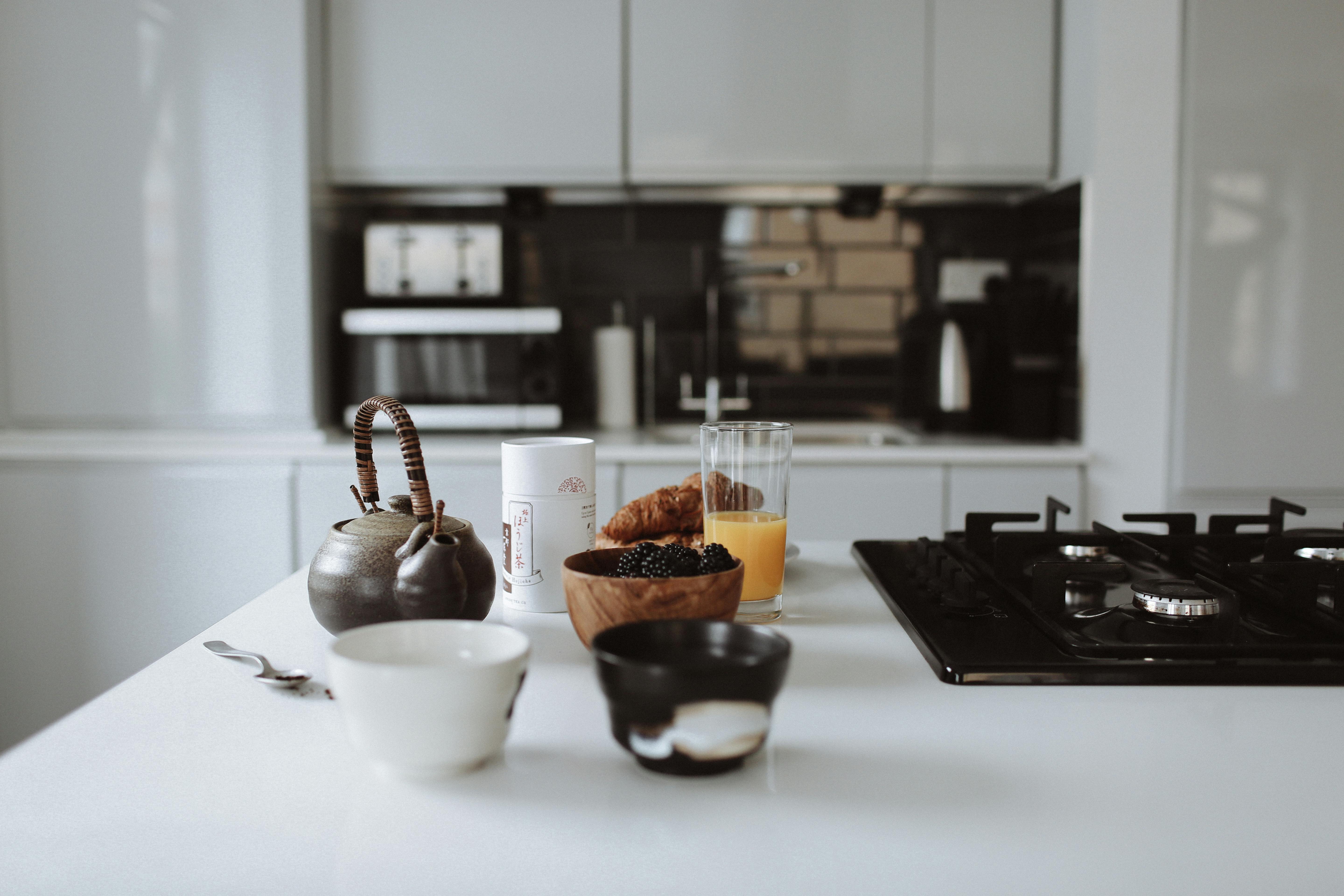When participating in DIY workshops, I am often asked about the difference between varnishing and sealing a finished project. Both are excellent finishing techniques, when applied in the right circumstances.
Did you know that the internal structure of wood contains thousands of microscopic cells or tubes that run up and down the grain of the wood? These tubes carry nutrients that are essential for tree growth, and once cut and dried, they continue to expand and contract under high humidity conditions.
Even after a synthetic finish is applied to the surface of the wood, the wood continues to expand and contract depending on the external environmental conditions in which it is placed. It is not a process that you are going to notice but there are some obvious indicators that this is happening. In very humid climates, an exterior door, garage door, or even a wooden door may swell and stick, or you may have difficulty opening a wooden window. This is due to the fact that the wood has swelled (expanded) as a result of excess moisture absorbed by the wood. Swollen wood will eventually dry out and return to its original shape, although some sanding may be necessary at times.
With the above in mind, when deciding which finish to apply to your wood projects, it helps to know a few facts beforehand.
What is varnish?
Varnish is a mixture of resins and oils that are applied to the surface of the wood to provide a protective layer against damage. The varnish is available in various formulations, from glossy and semi-gloss to a matte finish. The most common varnish used today is polyurethane varnish.
The varnish does not penetrate the wood, instead the first layer of varnish blocks the surface of the wood to offer protection against ambient humidity. However, due to the constant expansion and contraction of wood, over time the varnish layer can crack and die, allowing moisture to access the wood and further exacerbate the problem.
What is the sealer?
The sealer is a combination of resins and oils, but with a lower viscosity than varnish, which means that the sealer actually penetrates the wood to nourish and protect it from the inside, rather than the top. It is essential to apply three coats of sealer to wood surfaces, as the first coat penetrates the wood, the second coat adheres to the first coat to form a seal, and the third and final coat provides a surface that warms, scratch and water resistant.
The sealer can be applied to almost any wood surface, interior or exterior, and there are several types of varnish designed specifically for interior or exterior conditions. UV stabilizers are added to exterior sealers to protect against sunlight, and some even contain mold and mildew inhibitors. Before applying any sealer to your exterior wood, be sure to check on the label that the sealer meets all local weather conditions.
Now that we know the difference between varnish and sealer, it makes a little more sense as to which finish we should apply to a particular project. Sealants are perfect for any surface, while varnish is best for interior surfaces where there is little chance of high humidity or moisture. For example in a bathroom, laundry room or kitchen.
Here are some tips for using varnish or sealer:
- Do not clean the brush inside the can as this adds air bubbles and can mar the finish of your project.
- Apply sealer or stain with the grain of the wood and work away from one edge for a much smoother finish.
- Never apply too much or too little. If you’ve never done this before, practice on a piece of scrap wood to get the hang of it before starting your project.
- If dirt (or bugs) mars the surface while it’s still wet, leave it there. You will only spoil the finish. Wait until the coat is dry and use fine steel wool or 240 grit sandpaper to lightly sand the blemish.
- Always wait for the first coat to dry completely before applying the second coat. A sticky first coat will go bad and you’ll have to sand everything down and start over.
- For a high gloss finish, lightly sand between coats, excluding the final coat.
And there you have it. By following the guidelines above, you’ll have a perfectly finished project that can take pride of place in your home.
